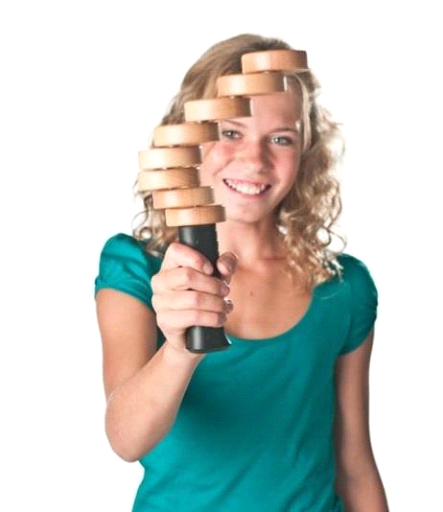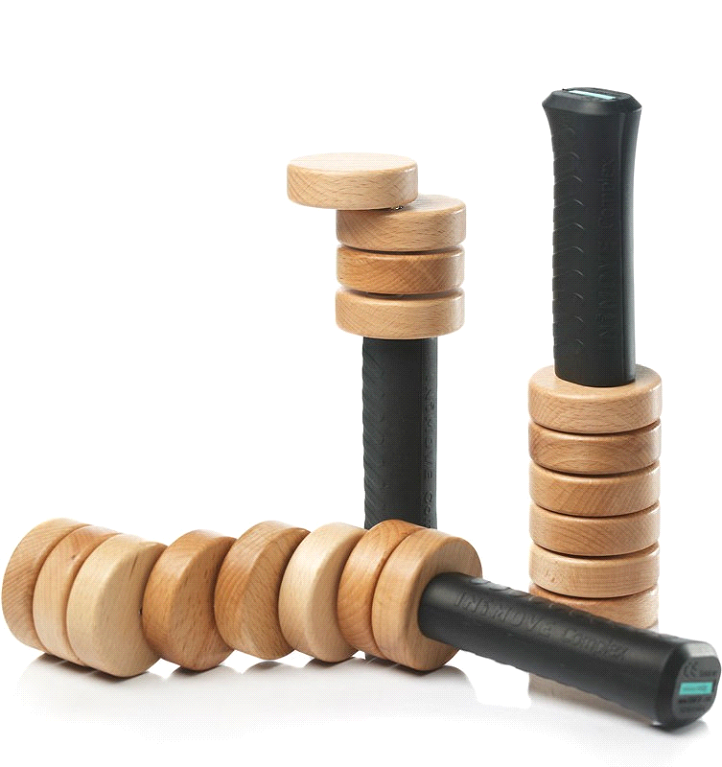inimove-brief-exercise-guide-flyer
Inimove as agent to improved activity participation among students with special needs
Bachelor project

Bachelor group 10: Dina Hilligsøe Heinig Louise Levin Jensen
Maria Mangor Bünger Lohse
Supervisor: Christina Jessen-Winge Ergoterapeutuddannelsen, team ErgF12
Maj 2015
Number of characters excluding spaces: 71.572
This bachelor project is developed by occupational therapy students from Ergoterapeutuddannelsen Copenhagen, PH Metropol. It is presented unedited and without comment from the educational institution’s side, and as such, is an expression of the students own views
This assignment – or parts thereof – may only be publicised with prior consent from the students.
Abstract
Title
Inimove as a means for greater occupational participation for children with special needs
Purpose
The purpose of this project is to examine whether the class teachers of students with ADHD or ADHD-similar symptoms find that these pupils’ occupational participation is affected by the use of the tool Inimove in the regular classroom as well as in the class community. The project also aims to collect information about the students’ own experiences and reactions by the use of Inimove.
Problem statement
How do the class teachers experience that the tool Inimove has an effect on the occupational participation of students with special needs in the regular classroom and class community, and what are these students’ experiences and reactions by the use of Inimove?
Method
The project is built up upon the qualitative and sympathetic approach through the phenomenological approach which seeks to illuminate the informants’ subjective experiences of a phenomenon. In the analyzing work we used systematic text condensation which is reviewed in Kirsti Malterud’s four analytical steps inspired by Amadeo P. Giorgi’s phenomenological method of analysis.
Results
Results showed that the use of Inimove tools gives the student a greater peace, greater concentration, better focus and maintain the student in the activity during use. Results showed, however, that the impact was very short and quickly disappeared after using the Inimove-tools. Results further showed potential to create a community around the Inimove-tool.
Conclusion
The use of Inimove-tools can encourage the prerequisite for occupational participation of students with special needs in the classroom and class community. There is potential for future transference by structuring the framework in the use of Inimove-tools.
INIMOVE – self-training can be fun!
Bachelor project

Bachelor group 7
Writers: Natascha Nystrand Jensen, Stine Odgaard Tøttrup & Jespper Støckel
Supervisor: Christina Jessen-Winge
Ergoterapeutuddannelsen, team ErgE12 December 2015
”Occupational Therapy development work and research, Bachelor project”
Number of characters excluding spaces
71.549
Abstract
Title
INIMOVE – self- training can be fun!
Purpose
The aim of this study is to explore whether Inimove Complex can provide patients with increased motivation for self-training and make them able to transfer the usage of Inimove Complex into their daily activities. This is essential since it is believed that training tools like Inimove Complex can increase the amount of self-training during rehabilitation programs and hence optimize the training potential of the latter.
Problem statement
How do patients, who have had a stroke, experience that the training tool Inimove Complex is able to improve their motivation for self-training and how does the tool influence on the ability of the patients to manage their daily activities?
Method
During the study both the phenomenological and hermeneutic approach have been used. Furthermore the understanding design and the qualitative method are used e.g. by the use of diaries and interviews. In the study three patients have participated.
Results
The results of the diaries show that the patients primarily worked out by themselves. The results of the interviews show that exercising with Inimove Complex amongst other things triggers a competitive gene in the patients and that the training leads to both physical and mental exhaustion. Some of the patients state that they consider the purpose of the training as being an improvement in the performance of the daily activities.
Conclusion
The results presented in this paper concludes that patients have experienced an increased motivation for self-training with Inimove Complex, since it evokes a competitive mentality in the patient meanwhile existing in various difficulty levels. Conclusively, the study indicates that Inimove Complex is a beneficial tool for self-training optimizing the rehabilitation and daily activities of patients who have experienced strokes.